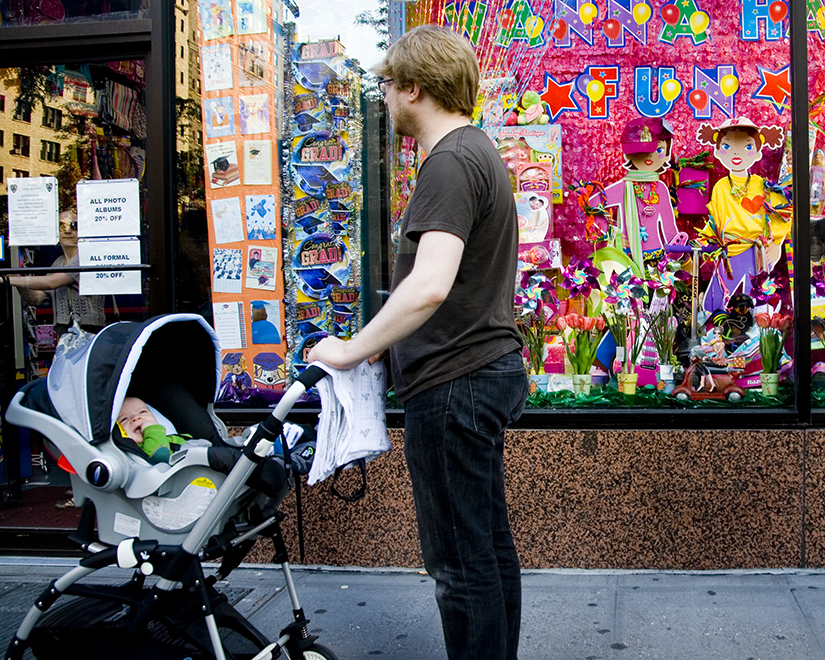
|

Introduction to marriage and family Read Online
14.1 What is marriage? what is a family? Read Online

Rebecca and John were having a large church wedding attended by family and friends. They had been living together their entire senior year of college and planned on getting married right after graduation.
Rebecca's parents were very traditional in their life and family. They had married after college at which time Rebecca's mother was a stay-at-home mother and Rebecca's father was a Vice President at a large accounting firm. The marriage was viewed as very strong by outsiders.
John's parents had divorced when John was five. He and his younger sister lived with his financially struggling mother. The mother had a live-in boyfriend that she married when John was in high school. The Asian step father was helpful in getting John summer jobs and encouraged John to attend the local community college before moving to the four-year university.
Rebecca's maid of honor, Susie, attended college with Rebecca but had dropped out when finding out she was pregnant. She chose not to marry the father and was currently raising the child as a single parent. Working and taking care of the child made college a remote possibility.
The best man, Brad, was in and out of relationships. He was currently seeing a woman with several children of different parentage. The gossip had this relationship lasting about the same amount of time as all the previous encounters.
Rebecca and John had a gay couple as ushers. Steve and Roger had been in a monogamous relationship for almost ten years, had adopted a minority daughter and were starting a web-based business together. It was obvious they both adored their child, and they planned on being married at a Washington destination ceremony later in the year.
This scenario may be complicated, but it is representative of the many types of families in today's society.
Between 2006 and 2010, nearly half of heterosexual women (48 percent) ages fifteen to forty-four said they were not married to their spouse or partner when they first lived with them, the report says. That's up from 43 percent in 2002, and 34 percent in 1995 (Rettner 2013). The U.S. Census Bureau reports that the number of unmarried couples has grown from fewer than one million in the 1970s to 8.1 million in 2011. Cohabitating, but unwed, couples account for 10 percent of all opposite-sex couples in the United States (U.S. Census Bureau 2008). Some may never choose to wed (Gardner 2013). With fewer couples marrying, the traditional U.s. family structure is becoming less common.
Gardner, Amanda. 2013. "More U.S. Couples Living Together Instead of Marrying, CDC Finds." HealthDay.com. Retrieved December 29, 2014 ( ttp://consumer.healthday.com/public-health-information-30/centers-for-disease-control-news-120/more-u-s-couples-living-together-instead-of-marrying-cdc-finds-675096.html ).
Rettner, Rachel. 2013. "More Couples Living Together Outside of Marriage." MyHealthNewsDaily/Purch. Retrieved December 29, 2014 ( (External Link) ).
U.S. Census Bureau. 2008. “50 Million Children Lived with Married Parents in 2007.” July 28. Retrieved January 16, 2012 ( (External Link) )
Useem, Andrea. 2007. “What to Expect When You’re Expecting a Co-Wife.” Slate , July 24. Retrieved January 16, 2012 ( (External Link) ).
| Start Quiz | Download PDF | |
| Start Quiz | Download PDF | |
| Start Quiz | Download PDF |
Question: In what ways does religion serve the role of a social institution?
Choices:
Religions have a complex and integrated set of norms.
Religious practices and beliefs are related to societal values.
Religions often meet several basic needs.
All of the above
Question: Which of the main theoretical perspectives would approach religion from the micro-level, studying how religion impacts an individual's sense of support and well-being?
Choices:
Functionalism
Symbolic interactionism
Conflict theory
Feminism
Question: Some controversial groups that may be mislabeled as cults include:
Choices:
Scientology and the Hare Krishna
the Peoples Temple and Heaven's Gate
the Branch Davidians and the Manson Family
Quakers and Pentecostals
Question: Which of the following do the functionalist and conflict perspectives share?
Choices:
Position that religion relates to social control, enforcing social norms
Emphasis on religion as providing social support
Belief that religion helps explain the mysteries of life
None of the above
Question: The Protestant work ethic was viewed in terms of its relationship to:
Choices:
evolution and natural selection
capitalism
determinism
prejudice and discrimination
Question: The main difference between an ecclesia and a denomination is:
Choices:
the number of followers or believers is much larger for denominations
the geographical location varies for ecclesia versus denominations
ecclesia are state-sponsored and considered an official religion
there are no important differences; the terms are interchangeable
Question: What are some denominations of the Christian Protestant church?
Choices:
Catholic and Jewish
Jehovah's Witnesses and Presbyterians
Scientology and Hare Krishna
Methodist and Seventh-day Adventist
Question: A cultural universal is something that:
Choices:
addresses all aspects of a group's behavior
is found in all cultures
is based on social norms
may or may not be of value in meeting social needs
Question: A sect:
Choices:
has generally grown so large that it needs new buildings and multiple leaders
often believes it must split from the larger group to return to important fundamentals
is another term for a cult
All of the above
Question: Which perspective most emphasizes the ways in which religion helps to keep the social system running smoothly?
Choices:
Functional perspective
Symbolic interactionist perspective
Conflict perspective
Feminist perspective
Question: Which socialist perspective most emphasizes the ways in which religion helps to maintain social inequalities within a society?
Choices:
Functional
Symbolic interactionist
Conflict theory
Feminist perspective